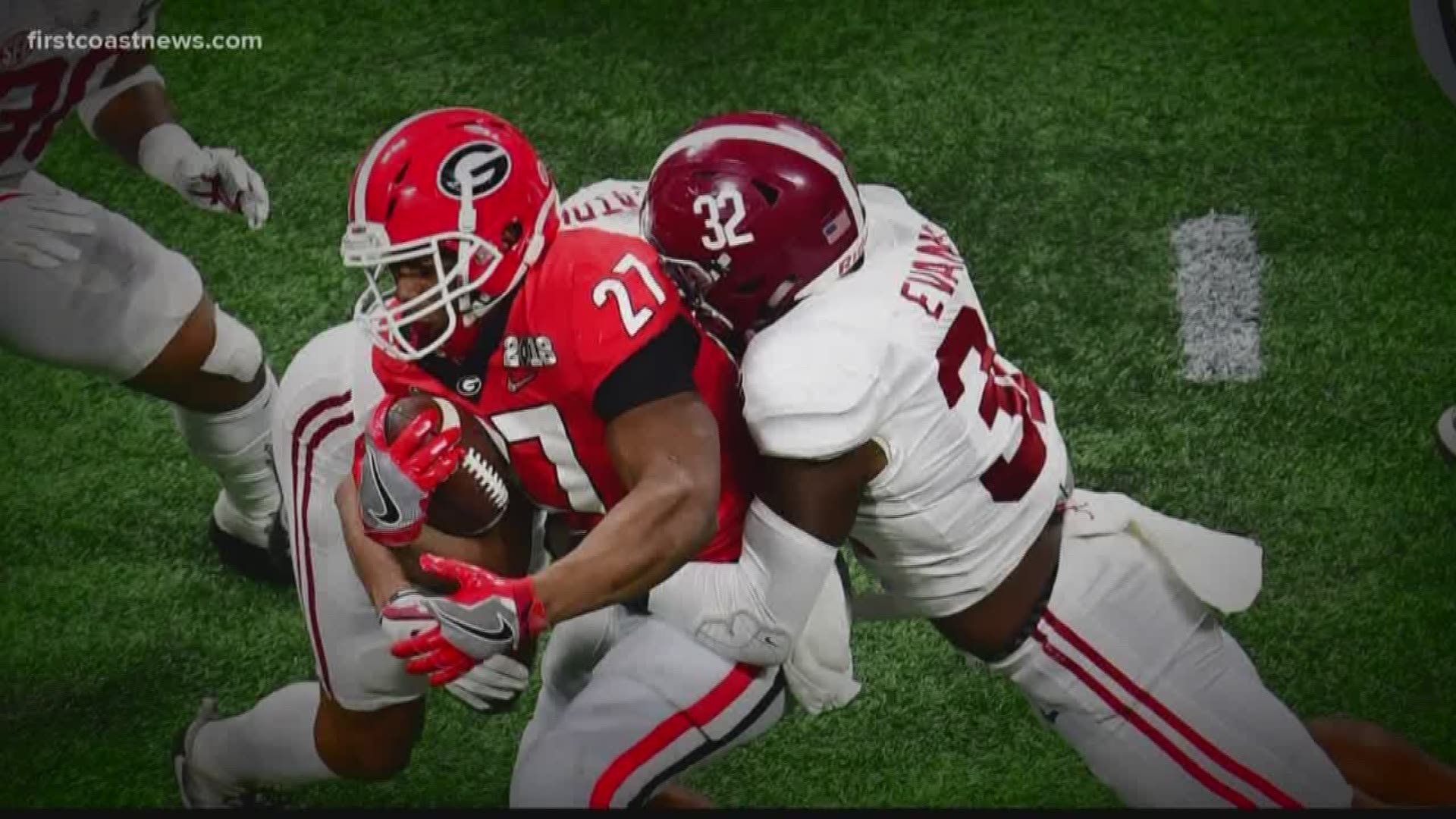The Jaguars are paying the price for being a successful squad.
Jacksonville's first pick in this year's NFL Draft is the 29th overall selection. If the Jaguars stay at that spot, this year's selection will be tied for the latest first-round pick in franchise history.
The Jaguars last picked at No. 29 in 2000 when they selected USC wide receiver R. Jay Soward.
That decision proved to be a poor one, as Soward played in just 13 games (two starts) for the franchise due to numerous violations of the league's substance abuse policy. He caught 14 passes for 154 receiving yards and one touchdown during his limited Jacksonville tenure.
While not every No. 29 pick is a bust the caliber of Soward, recent history hasn't been too kind to that spot in the draft pecking order. Over the last 10 years, the No. 29 pick has produced just two Pro Bowl players.
The downfalls of the pick are obvious.
The draft is an unpredictable practice historically. In theory, the later the selection, the less likely the player is to pan out.
The 29th player picked for a team is obviously going to be less appealing than players picked in the Top 5 for several reasons. That's why it's important to have a good scouting department and front office to find the less-heralded talent in the later parts of the first round.
Over the last 10 years, that has been relatively difficult for NFL franchises.
2017: David Njoku, TE, Miami
Last year, the Green Bay Packers decided to trade the No. 29 pick to the Cleveland Browns for the No. 33 pick (first pick of the second round) and a fourth-round pick (108th overall). The Browns selected Njoku, who had a pretty solid rookie season, despite being surrounded by the chaos that comes with a 0-16 record. He caught 32 passes for 386 receiving yards and four touchdowns.
Thoughts: This pick is interesting for a few reasons: A) it has somewhat panned out in the early going and B) it involved a trade.
Njoku played just two years of college football and was seen as a high risk, high reward talent. Picking extremely late in the first round allowed for the Browns to throw some caution to the wind (they did regularly under the previous regime) and take a meaningful risk to get better in the long-term scope.
As of now, Njoku seems like an impressive, developing NFL playmaker.
The Jaguars may be compelled to trade back for more picks if several desirable players are still left on their draft board. The Packers-Browns trade provides a precedent for value in the instance of a team trading back 3-5 spots from No. 29. Teams picking early in the second round like to trade up to the first round so they can claim the fifth-year option on a coveted player. The No. 29 pick could be quite desirable on the trade market.

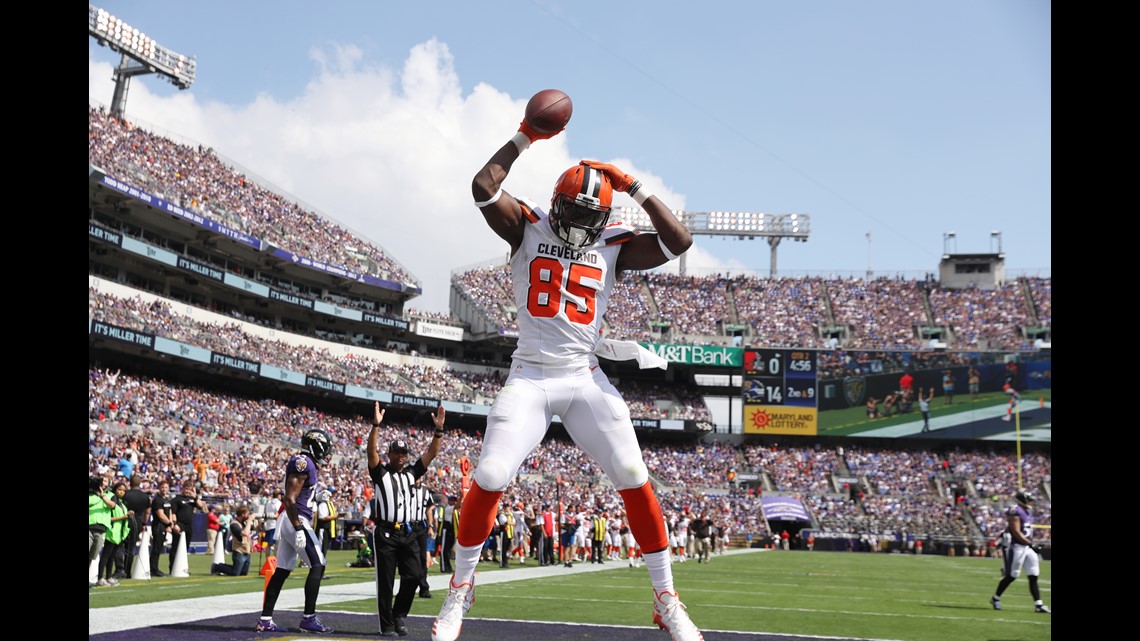
2016: Robert Nkemdiche, DE, Ole Miss
The Arizona Cardinals selected Nkemdiche after a miraculous playoff run in 2015. Nkemdiche was expected to be a dominant force in the Cardinals' 3-4 front but he rarely saw the field as a rookie. He served as a rotational lineman in his second season. So far, Nkemdiche is trending in the bust category with 17 games of experience. He has produced just 12 tackles and a forced fumble during his two-year career.
It should be noted the New England Patriots forfeited their 29th overall pick due to the Deflategate scandal, which allowed Arizona to pick at that spot. The Cardinals initially had the No. 30 pick.
Thoughts: Nkemdiche has been banged up throughout his first two years in the league. He battled ankle and elbow injuries in 2016 and missed a few games due to a calf injury last year. He was a highly regarded prospect coming out of Ole Miss and the Cardinals' expected change to a 4-3 defense should help him ascend as a pass rusher. The first two years haven't gone as planned but that sometimes happens with players picked late in the first round. Sometimes, players with huge upside need time to grow.

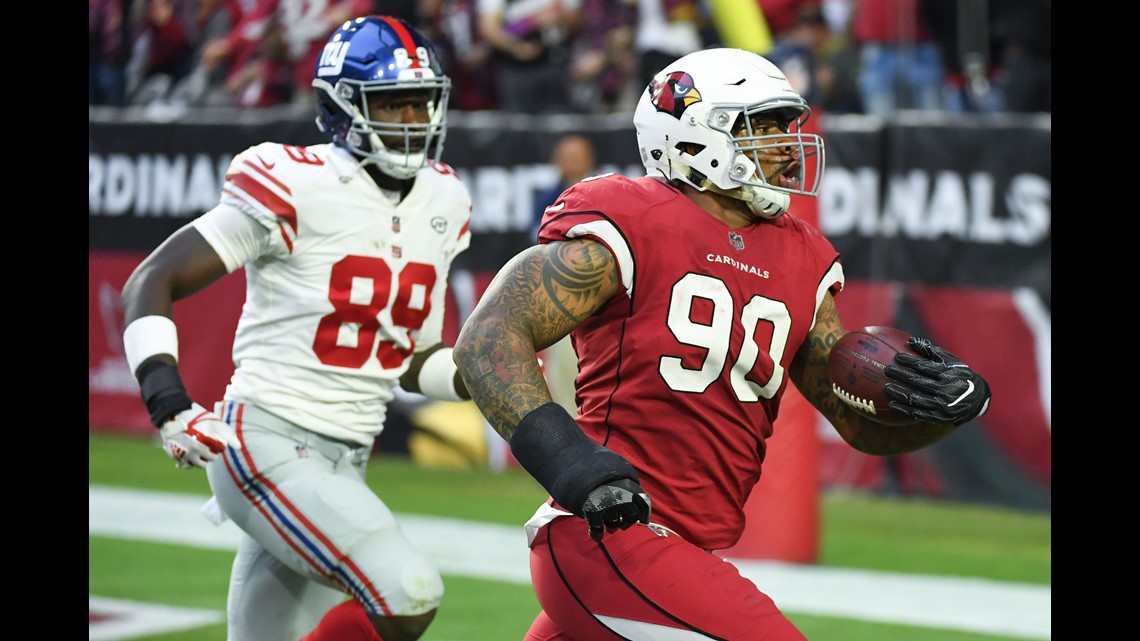
2015: Phillip Dorsett, WR, Miami
The Indianapolis Colts decided to pair Pro Bowl wide receiver T.Y. Hilton with another speedster from South Florida in 2015. The results were pretty mediocre. In 26 games (seven starts) with the Colts, Dorsett produced just 51 catches for 753 receiving yards and three touchdowns.
When a new regime was hired last offseason, Dorsett was traded to the New England Patriots for quarterback Jacoby Brissett prior to Week 1. Dorsett produced just 12 catches for 194 yards during his debut season with New England. He caught two passes for 50 yards during the Patriots' run to the Super Bowl.
Thoughts: Dorsett was probably over-drafted by former Colts general manager Ryan Grigson. It's tough to blame the player for his draft position when he has no choice in the matter. That said, he is probably destined to become a role-playing wide receiver at the NFL level. He has the deep-threat ability but it's a matter of earning playing time for him.
2014: Dominique Easley, DT, Florida
The Patriots decided to spend their annual late-first-round pick on a defensive tackle from one of Bill Belichick's favorite college programs. Easley, like several of Belichick's early picks in recent years, didn't last all that long in Foxborough. In two seasons with the Patriots, Easley produced just 25 tackles and three sacks.
He was released by the Patriots during the 2016 offseason and signed with the Los Angeles Rams. In his first season with the Rams, Easley doubled his production from his first two years with New England, collecting 35 tackles and 3.5 sacks in 16 games. He suffered a torn ACL during last year's training camp and missed all of last season. He re-signed with the Rams this month.
Thoughts: Easley, like Dorsett, was probably over-drafted. Injuries have hurt his progress as an NFL player but the Rams clearly still believe in him. He is a salvageable rotational defensive tackle at this point in his career.
2013: Cordarrelle Patterson, WR, Tennessee
The Minnesota Vikings traded up to No. 29 by dealing second-round, third-round, fourth-round and seventh-round picks to the Patriots. The apple of Rick Spielman's eye was Patterson, a rangy returner with wide receiver upside from Tennessee.
The love affair was an interesting one, as Patterson became one of the most dynamic returners in the league but never really found his footing as a wide receiver.
After four years with the Vikings, Patterson decided to head to the west coast and play for the Oakland Raiders last season. Earlier this offseason, Patterson was traded to the Patriots (ironically enough) with a sixth-round pick for a fifth-round pick.
Patterson is a two-time All-Pro and two-time first-team Pro Bowl selection as a returner.
Thoughts: Patterson is proof that drafting a dynamic talent late in the first round can work out in ways you may not expect. Sure, Patterson is not a standout receiver but he has scored 18 total touchdowns over the last five seasons. He is a chess piece who can score from literally anywhere on the field.
Patterson owns several Vikings franchise records and the NFL record for the longest kick return touchdown (109 yards). Patterson was worth the gamble.

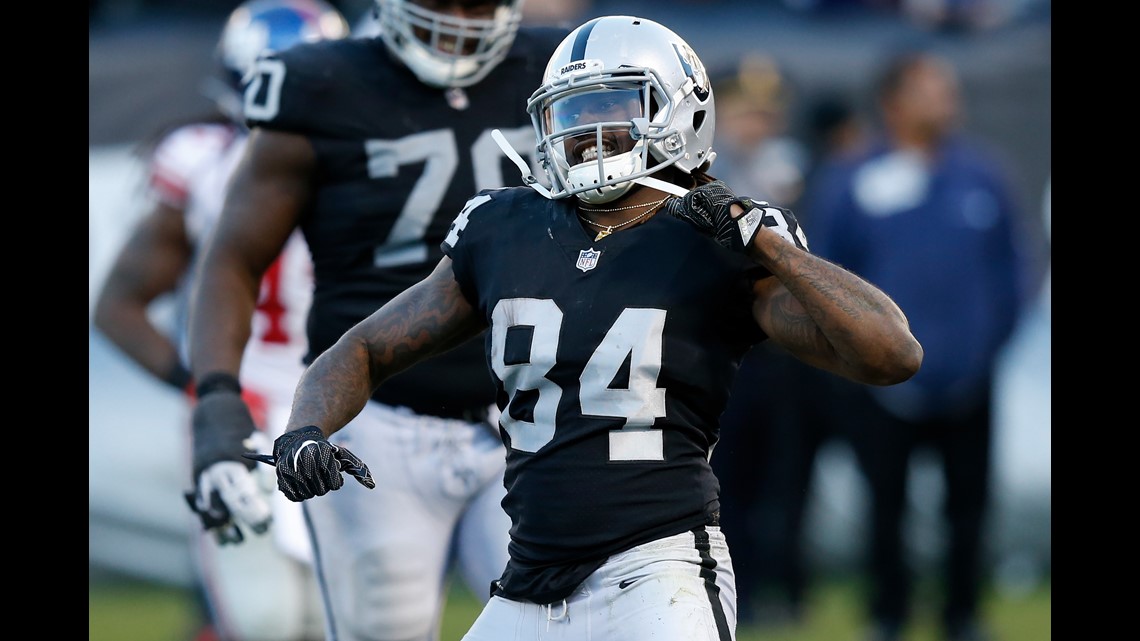
2012: Harrison Smith, FS, Notre Dame
Apparently, the Vikings have a good eye for the No. 29 pick. The year before dealing up to select Patterson, Minnesota traded the 35th overall pick (third pick in the second round) and a fourth-round pick to the Baltimore Ravens to select Harrison. Since making the deal, Harrison has been one of the Vikings' top defenders. A three-time Pro Bowl selection, Smith was named to this year's All-Pro team.
In 67 career games (66 starts), Smith has produced 411 tackles, 28 pass breakups, 12 interceptions and three forced fumbles. He has also scored four touchdowns on defense.
Thoughts: Smith is as good as it gets at No. 29 over the last decade. The Jaguars will hope to get this kind of return in April if they stay at their current pick. Smith has literally changed the face of the Viking's defense and been among the team's best players for six seasons.
2011: Gabe Carimi, T/G, Wisconsin
The Chicago Bears were in need of serious offensive line help when they selected Carimi in 2011. Unfortunately for Chicago, Carimi failed to offer much support. He only played two seasons for the Bears before being traded to the Tampa Bay Buccaneers for a sixth-round pick. He ended up playing just four seasons in the NFL and appeared in just 48 games (26 starts).
Thoughts: This was a bad year to draft offensive linemen early outside of the top three offensive tackle prospects. Danny Watkins, Derek Sherrod and Carimi were some of the examples of poor play at the tackle and guard positions. All three players lasted less than five seasons in the NFL.

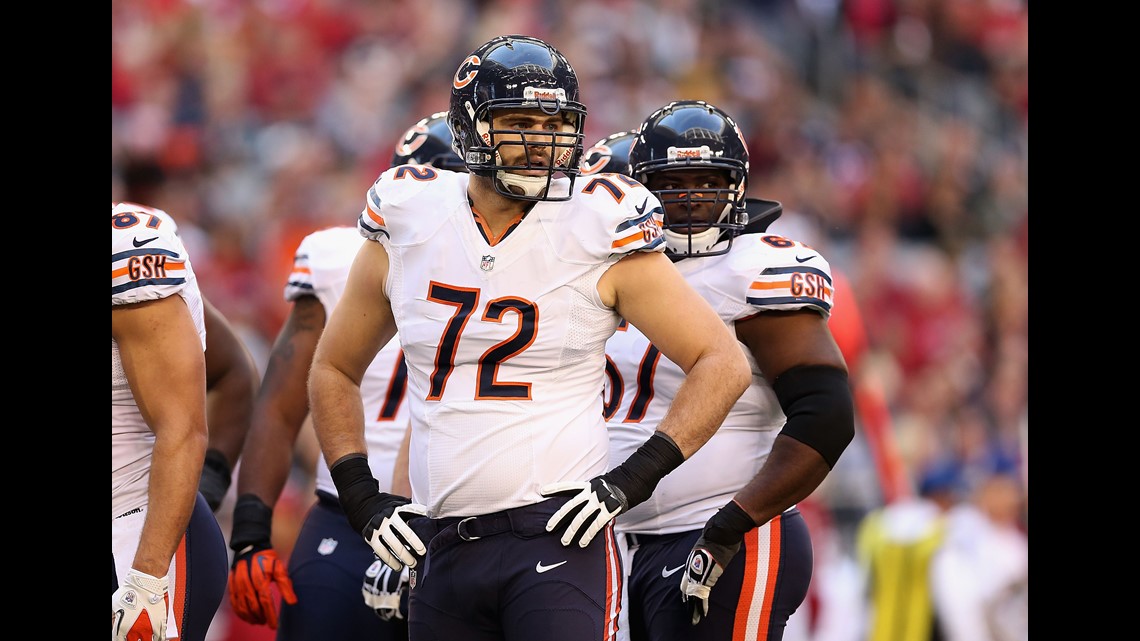
2010: Kyle Wilson, CB, Boise State
The New York Jets were looking for a long-time tag-team partner for Darrelle Revis in 2010. The team selected Wilson with the No. 29 and failed to provide Revis with that desired partner. Wilson wasn't terrible but failed to live up to the expectations of a first-round pick.
Wilson lasted seven seasons in the league but started just 32 games (only 28 with the Jets).
Thoughts: Wilson is a good example of a common player that you can find at No. 29. While he isn't a game-changer, he could be a reliable role player on offense or defense.
Wilson will receive the bust label but if a team can thrive with a player like him as a cog on the roster, it's hard to really kill the front office for his lack of big-time contributions.
Players and general managers are often criticized for early draft busts. However, sometimes the failures can be blamed on coaching and scheme fits, especially if there is turnover at the top.
2009: Hakeem Nicks, WR, North Carolina
Tom Coughlin and the New York Giants selected Nicks in the 2009 NFL Draft. Nicks was part of a very strong draft class and he paid off for his selection in the early going. While he never made a Pro Bowl, Nick produced 311 catches for 4,622 receiving yards and 27 touchdowns during his initial five-year stint with the Giants. He also helped New York win a Super Bowl following the 2011 season.
Thoughts: Coughlin's teams have owned the No. 29 pick twice during his head-coaching career. He has selected wide receivers in both of those drafts (Editor's Note: eyes emoji). Nicks was a premium talent before injuries slowed him down after the 2011 season. If the Jaguars can find a No. 1 or even a strong No. 2 talent at wide receiver with the No. 29 pick, they should be in great shape at the position.

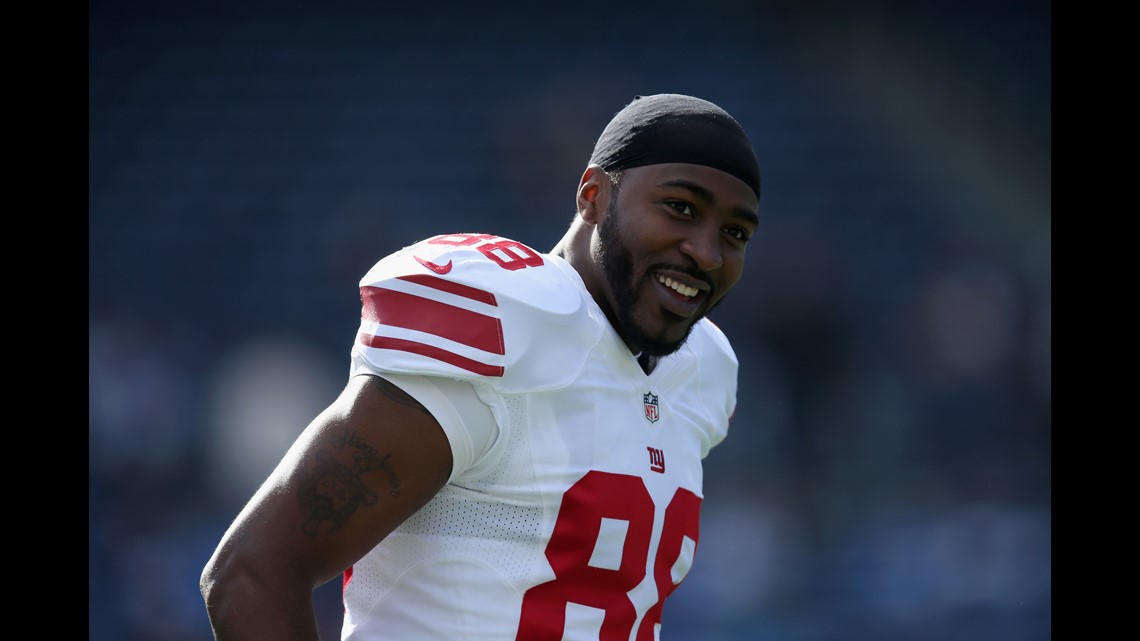
2008: Kentwan Balmer, DE, North Carolina
The San Francisco 49ers acquired the Indianapolis Colts' 2008 first-round pick during the previous offseason. That trade compensation didn't really work out for the 49ers, as Balmer turned out to be a colossal bust for the Bay Area. Balmer lasted just two seasons in San Francisco and five seasons in the NFL overall.
In 46 career games, Balmer produced 62 tackles and he never recorded a sack.
Thoughts: Yikes! Balmer was a bomb for the 49ers, which is something the Jaguars badly need to avoid. The draft is a minefield of expectations, so the Jaguars' front office will have to plan accordingly for April.
Follow Mike Kaye on Twitter at @Mike_E_Kaye.

